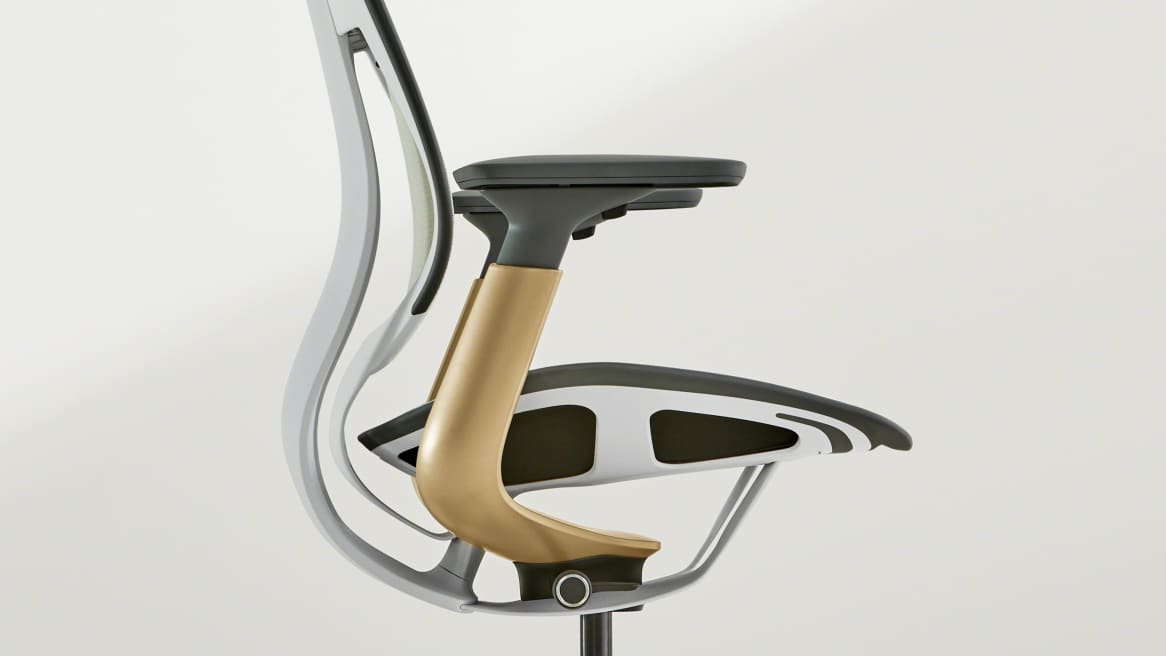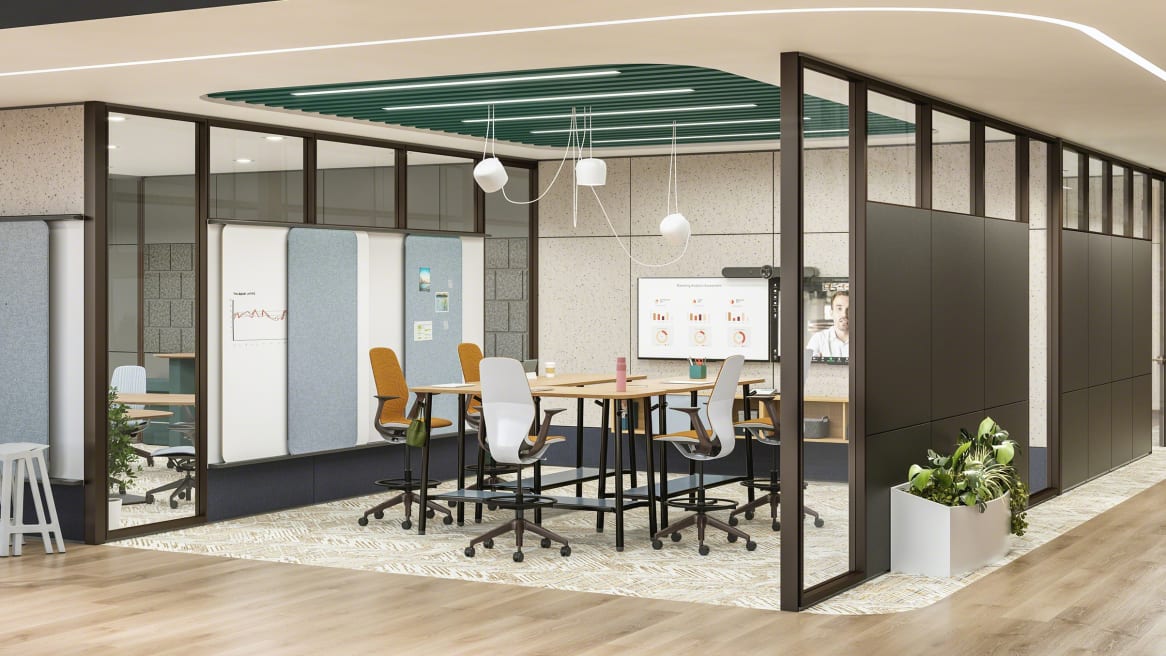In today’s fast-paced workplace, prioritizing workplace wellness is more than a gesture—it’s a strategic must. Fostering a culture that values well-being boosts both individual happiness and organizational productivity. Here are 10 actionable tips to seamlessly integrate employee wellness into your workplace, ensuring success on both professional and personal fronts. Boost your team’s well-being and elevate your organization’s performance with these practical strategies.

1. Let there be natural light!
Maximizing access to natural light sources is proven to boost mood, increase productivity, and support overall well-being. A recent study published in the Journal of Affective Disorders showed that increased exposure to natural light was strongly correlated with decreases in the risk of long-term depression. A related survey of 1,600 office workers in North America revealed that, of all the perks a workplace might offer its employees, plenty of access to natural light and views of the outdoors was among the most desired.
2. Life begets life
Introducing other natural elements into the office, like indoor plants, green walls, or even natural minerals, is known to reduce stress and support creativity. The sound of running water, even from indirect sources like a humidifier or diffuser, can engender a sense of comfort and security in one’s environment. Read more about what our partner Steelcase has to say about biophilic design.
3. Ergonomic furniture
Ergonomic chairs, adjustable desks, and complementary accessories can nurture proper posture and core strength, and can reduce the risk of many musculoskeletal issues. Our well-established partners are experts in ergonomic support, weaving dynamic principles into a range of seating designs.
4. Workspace Variety
Offering a thoughtful variety of seating and workspace options will promote wellness at work. For example: standing desks, lounge or ancillary spaces, and collaborative areas. A range of workspaces suited to various purposes is crucial in the evolving workplace, according to a multi-national study by Gensler research.
 5. Noise Management
5. Noise Management
Sound control and acoustics in a work environment can often go overlooked, despite its massive impact on employee wellbeing and focus. Workplaces today are increasingly exploring modern innovations in private booths and high-quality modular walling designed with acoustics in mind.
6. Colour Psychology
The strategic use of colour can evoke not just positive emotions, but creativity, focus, and productivity. Soft blues and greens can promote a sense of calm, while vibrant colours lend themselves to happiness, imagination, and energy.
7. Wellness rooms
Workplaces are seeing an increase in the appearance of dedicated spaces that go well beyond the breakroom in terms of supporting workplace wellness. Think of meditation and prayer spaces, yoga studios, or other kinds of quiet zones where resting and recharging are really possible.
8. Healthy Snack Stations
Speaking of breakrooms, stock communal kitchens and break areas with nutritious snacks and beverages in order to support and nourish employees during their busy days. Access to the right nutritional sources can sustain focus and maintain health over the longterm.
9. Fitness Facilities
If possible, consider an on-site gym or exercise area. These rooms are a great way to support physical activities that increase health and improve mental sharpness. Access to these rooms at the office or workplace can also save time that might otherwise be lost when employees leave the office in order to attend their local gyms while on a break. Host the occasional workout class right on site!
10. Collaborative Spaces
Create natural, inviting collaborative areas that foster communication, openness, and teamwork. A sense of community and social interaction contributes directly to a sense of mutual accountability at work, and no less to job satisfaction. Ancillary spaces can be optimized in various ways to facilitate rest and other productive forms of downtime. 
As always, no two workplaces are the same; this is partly because of the many different types of work people do, but it is also owing to the fact that a workplace’s most important assets—people—vary in their strengths, as well as in the ways those strengths are nurtured. We invite you to reach out to us and to speak with a qualified Workplace Consultant if you are looking for a creative, informed approach to workspace design and workplace wellness.

